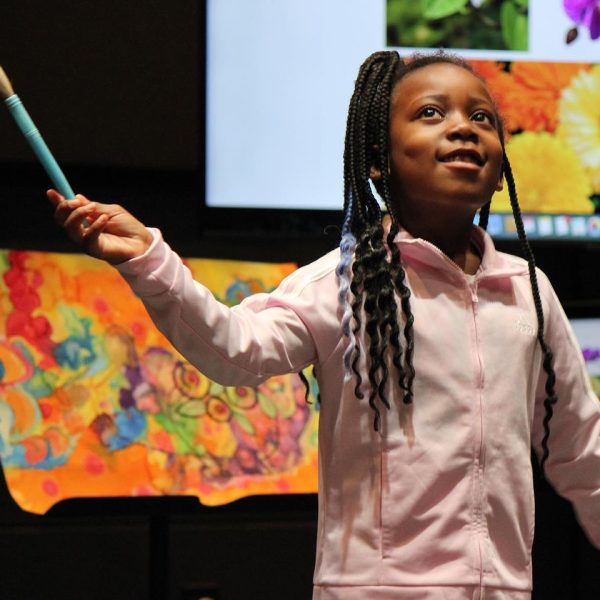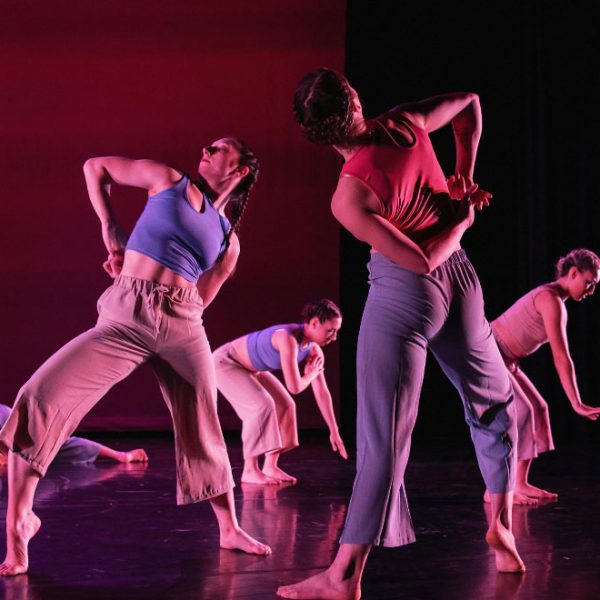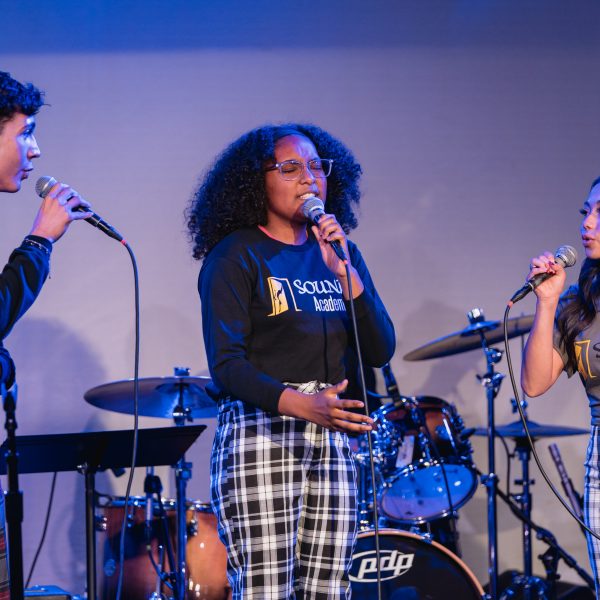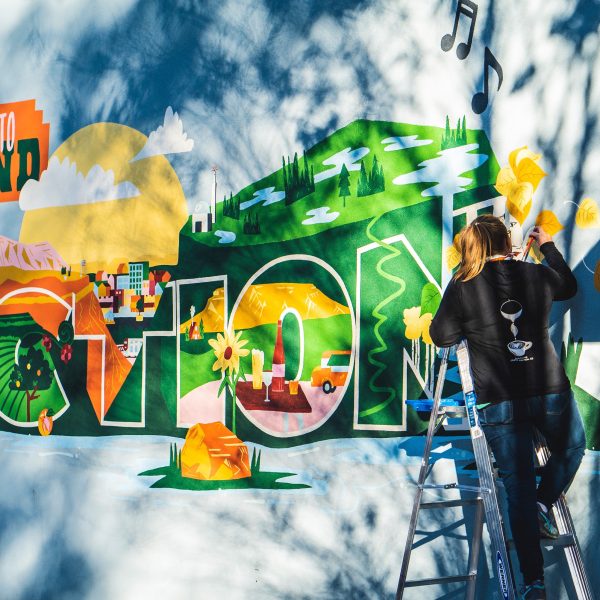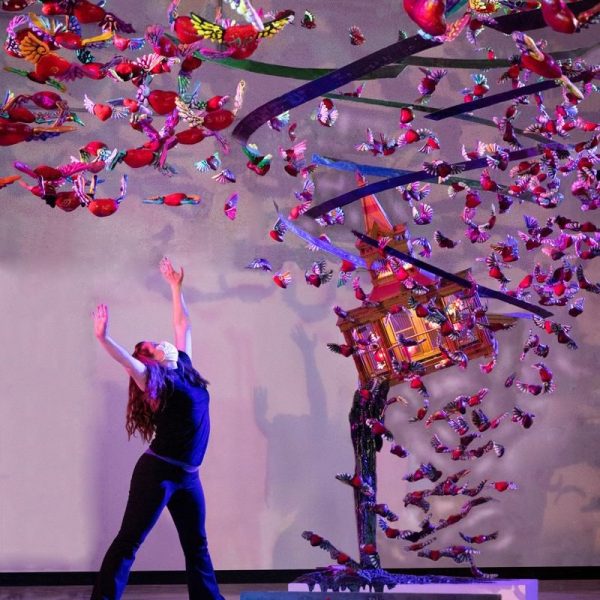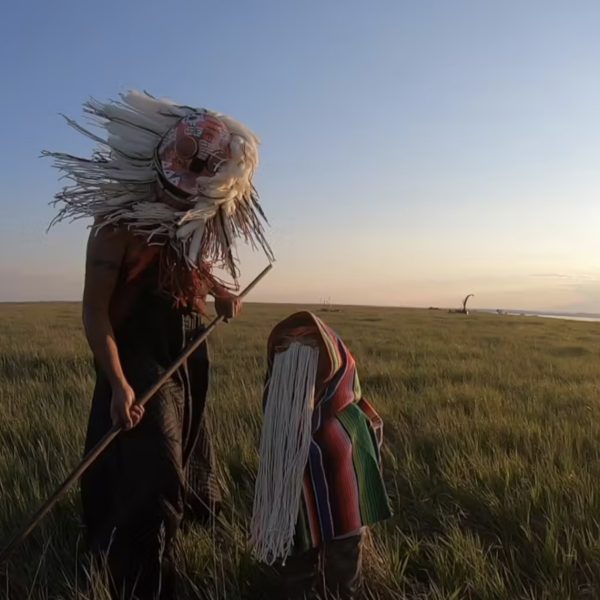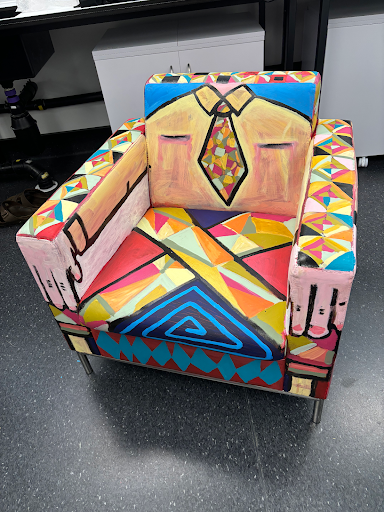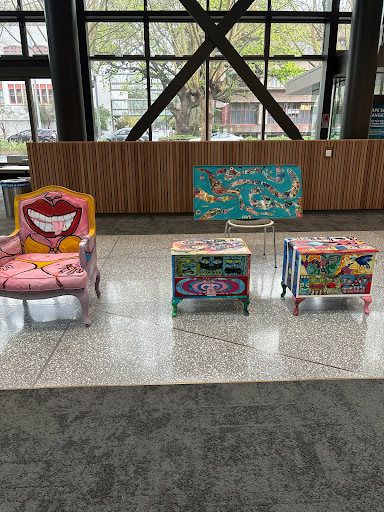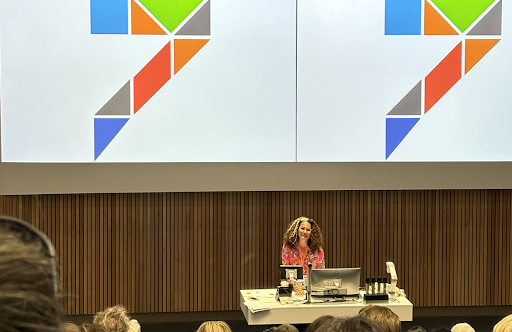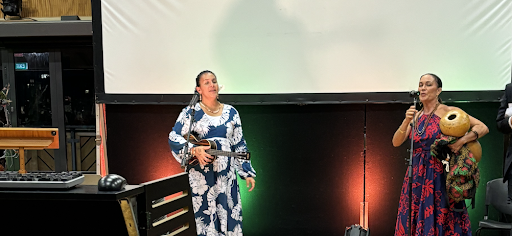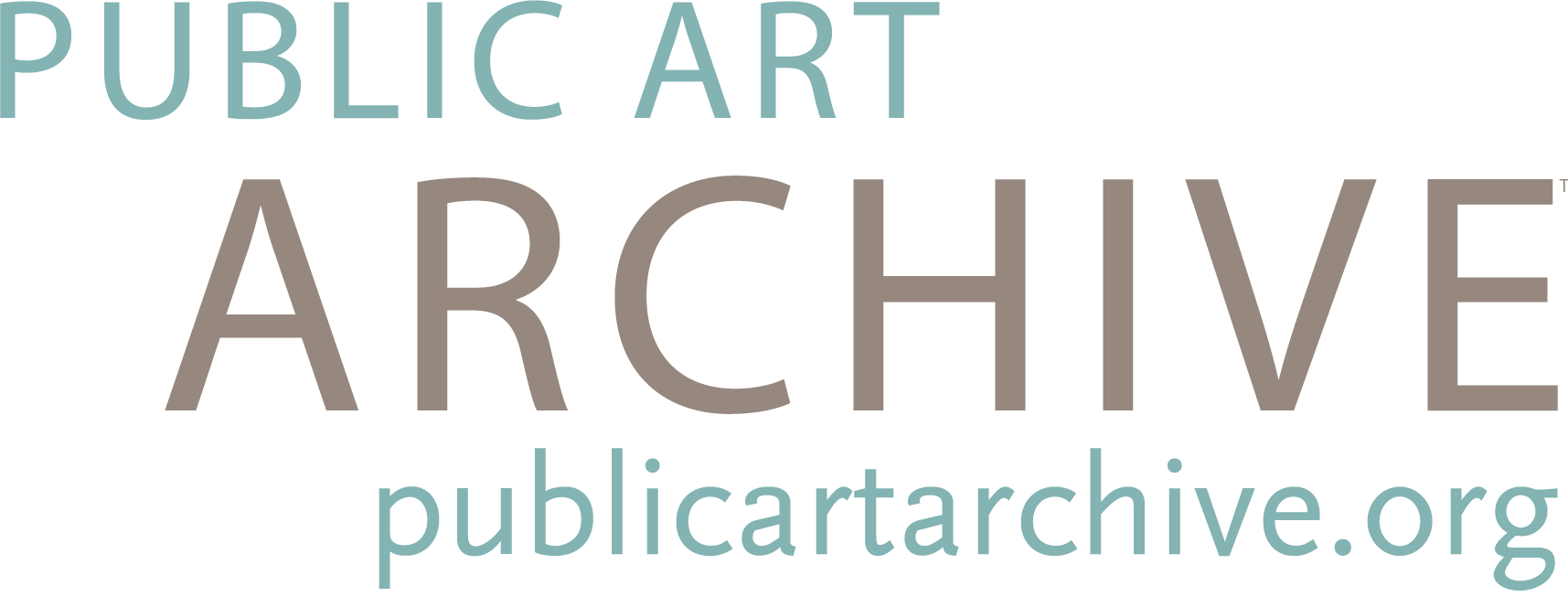On the first day, I presented on the inclusive arts work we produce at Capitol Modern (The Hawaiʻi State Art Museum) in partnership with Honolulu Theatre for Youth: “Laulima: Uniting in Partnership to Create Sensory Experiences for Young People with Neurodiversities.” Through this partnership, we developed two immersive sensory spaces in Capitol Modern that house performances for neurodivergent young people. The performance was then transformed into preschool performances that toured throughout the state. I led workshop attendees through how this process came to be and invited participants to reflect in pairs on each step and how they might create this kind of work in their communities.
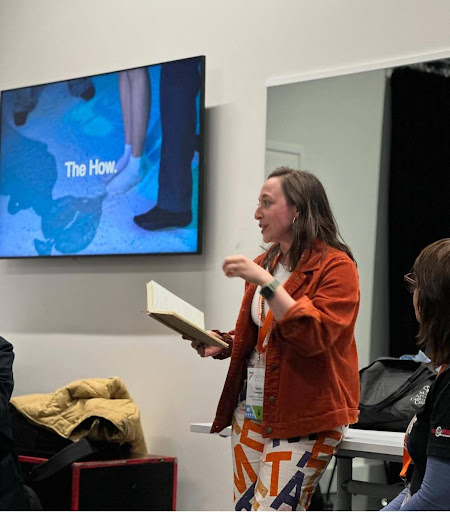
“ITAC7 is not just a conference; it’s an ode to unhurried exploration, to the patient unraveling of ideas, to thoughtful reflection and to the profound wisdom that can emerge when we allow ourselves to linger – so sit and savor every moment of the creative process.“
– ITAC Website
Through Creative West’s State Arts Agency Innovation Fund, I had the privilege to present at and attend the ITC conference from September 5-7 at the Center of Arts and Social Transformation in Aotearoa, New Zealand. Teaching artists from all over the world, including the US, Hawaiʻi, Papua New Guinea, Tonga, Canada, France, Australia, came together to share, create community and inspire each other. The conference itself was an excellent example of how to center the indigenous culture of a space at the heart of a conference. Beginning at a marae (a communal sacred space in the Māori culture), we were welcomed in the native tongue of the land, and then each person shared breath, shook hands, or bumped elbows with the welcomers and conference organizers. From there, we embarked upon our journey of unhurried exploration.

Photo provided by Danica Rosengren.
I spent the rest of the conference at the half-day/day-long workshops, two of which were held at the marae. One session was called “Cloaked in our love: Aboriginal and Māori cloak making as a site for social justice and community transformation” and focused on a collaboration between Aboriginal and Māori artists creating a possum cloak. We sat among the artists as they shared the multi-year journey of weaving and painting the cloak, with elements from both of their cultures embedded in the piece. We were then invited to make a bracelet out of the fibers of a local plant, which provided a space where we could sit, make, and chat together. This moment of making and conversing was not an outlier but rather a principal aspect of many of the sessions at the conference.
After this session, I made my way to “Reimagining Art-Making as a Collective Pursuit.” In this space, Māori and Tongan artists invited conference attendees to falanoa, which “represents an intergenerational arts based research method that aligns with indigenous ways of knowing and learning. It recognizes that storytelling, conversation, and connection are fundamental aspects of many Pacific cultures, embodied in the concept of talanoa. In Tongan culture, talanoa involves the act of sharing stories (tala) to explore and unpack the unknown (noa) during social interactions.” In this space, participants sat, conversed, and painted various objects that conference-goers brought in — a chair, dresser, ukulele, and suitcases are just a few of the objects that were painted over the three days.
The following day, I spent a full day at the marae, learning about Māori traditional games, weaving, carving, and instruments. The organization leading this workshop mirrored our experience with those that they conduct with young people (except the young people spend five days at their marae instead of one).
On the last day, I supported the team from Maui who presented on the work they had done following the Lāhainā Fires. I then went to the Office of Kindness, where two artists had arranged in a portion of the atrium for the entirety of the conference, where people filled with offerings could create works of affirmation, enjoy a silent disco, and brainstorm whimsical responses to everyday problems. After a full two and a half days of non-stop conferencing, this was a lovely place to wind down and read kernels of kindness from other participants.
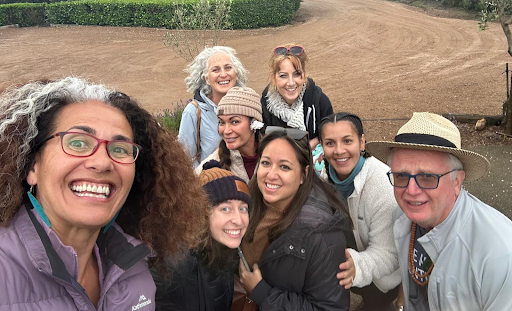
Photo provided by Danica Rosengren.
The ITC Conference highlighted for me a way to shift how conferences can be organized. As the Arts Education Specialist at the Hawaiʻi State Foundation on Culture and the Arts, I look forward to implementing some of what I learned when we hold our annual Teaching Artist Institute.
Thank you to Danica Rosengren for contributing this blog post and helping highlight the stories of our region.
Web Services powered by
